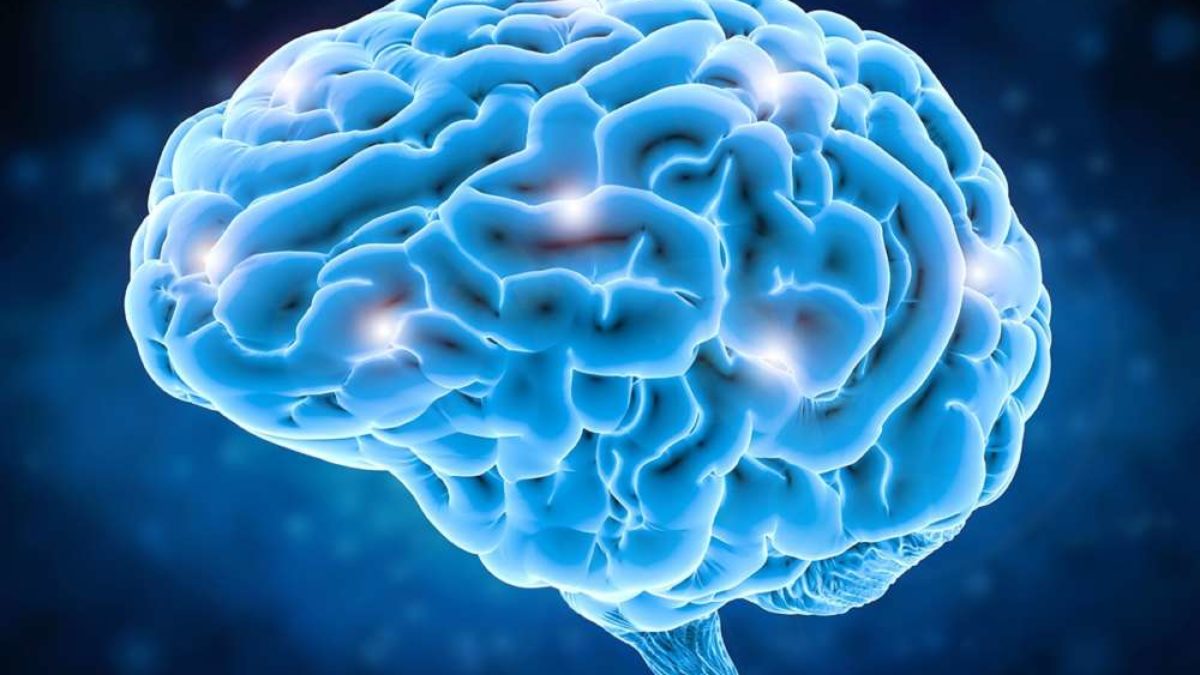McLean Hospital, the biggest psychiatric affiliate of Harvard Medical School and a component of Mass General Brigham, has uncovered locations within brain networks that communicate with one another when persons suffer dissociative symptoms. Their findings were published in the journal Neuropsychopharmacology recently.
Trauma can cause dissociative symptoms such as out-of-body experiences or emotional numbness, which can be useful in the short term but dangerous if they persist over an extended period of time.
“Dissociation and severe dissociative disorders like dissociative identity disorder or ‘DID’ remain at best underappreciated and, at worst, frequently go undiagnosed or misdiagnosed,” said co-lead author Lauren A.M. Lebois, PhD, director of the Dissociative Disorders and Trauma Research Program.
“The cost of this stigmatization and misdiagnosis is high–it has prevented people from accessing appropriate and effective treatment, caused prolonged suffering, and stunted research on dissociation. In addition, given that DID disproportionately affect women, gender disparity is an important issue in this context.”
91 women with and without histories of childhood trauma, current post-traumatic stress disorder, and varying degrees of dissociative symptoms participated in Lebois and colleagues’ study. A functional magnetic resonance imaging scan was done by participants so that researchers could learn more about their brain activity.
“The novel methods we used to study brain connectivity are critical for understanding the role these network disturbances play in dissociative disorders,” said co-senior author Lisa D. Nickerson, PhD, director of the Applied Neuroimaging Statistics Lab at McLean Hospital.
The researchers discovered that specific connections between regions in the brain networks that control cognition and emotional processes were connected with certain dissociation symptoms. According to Lebois, “We discovered that dissociation key to DID and dissociation common to post-traumatic stress disorder are each linked to specific brain signatures.”
In order to correct historical misconceptions regarding dissociation and DID, destigmatize these experiences, and contribute to lowering gender-related health disparities, the team is working to improve our understanding of the neural correlates of dissociation.
“We also hope it will increase awareness of dissociative symptoms–and that, ultimately, clinicians will be more likely to assess for and consider these symptoms, and to connect patients with timely and appropriate treatment,” said co-senior author Milissa Kaufman, MD, PhD, director of the Dissociative Disorders and Trauma Research Program.
It is significant to note that the various dissociative disorders’ distinct brain signatures may indicate the need for novel treatments, according to the study’s authors. Future research may focus on dissociation-related brain activity as a standalone treatment, according to co-author Kerry J. Ressler, MD, PhD, chief scientific officer for McLean.





